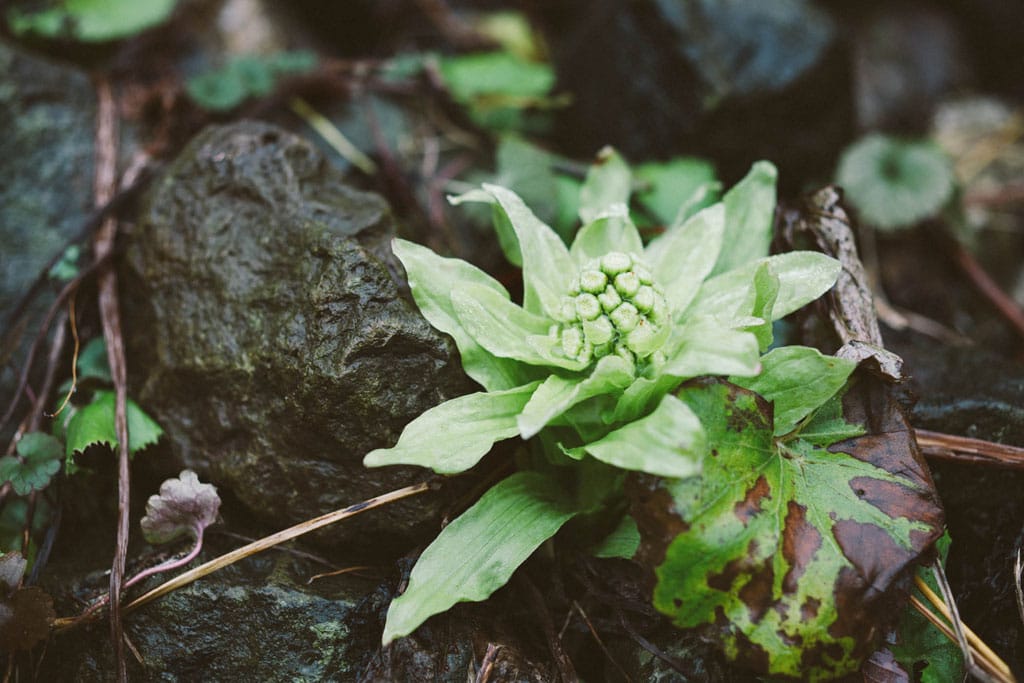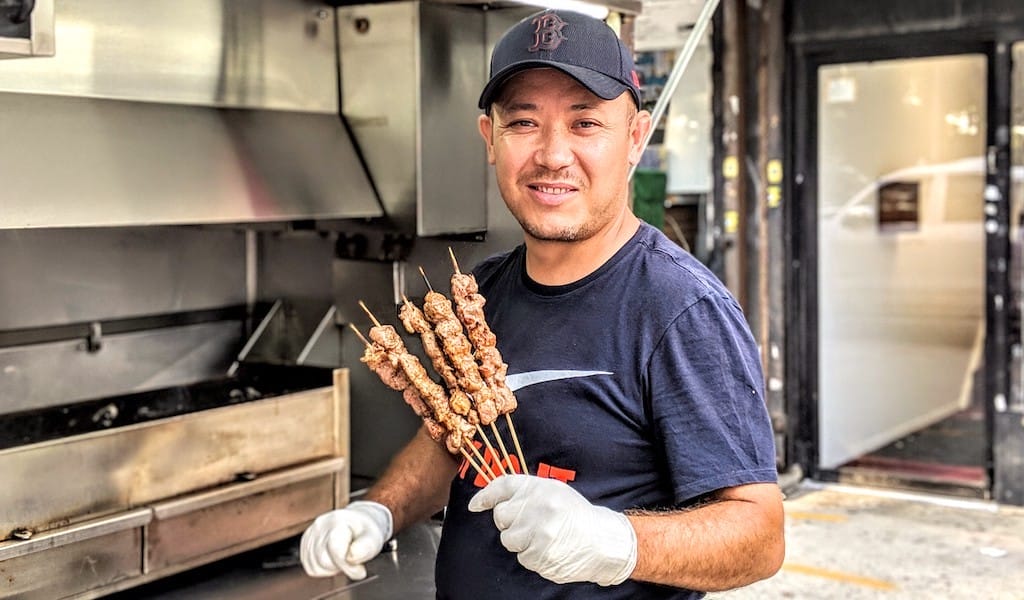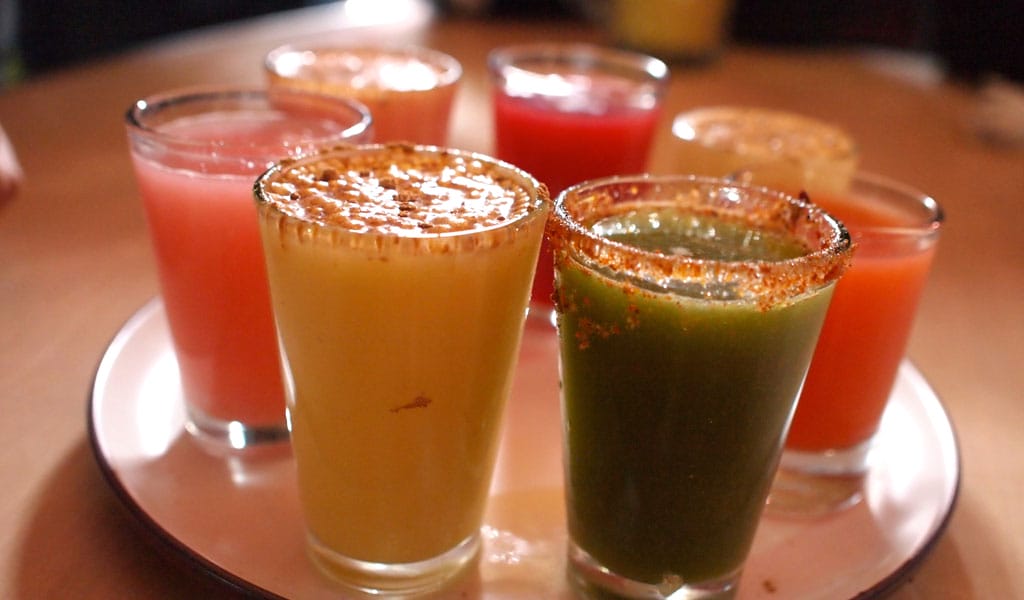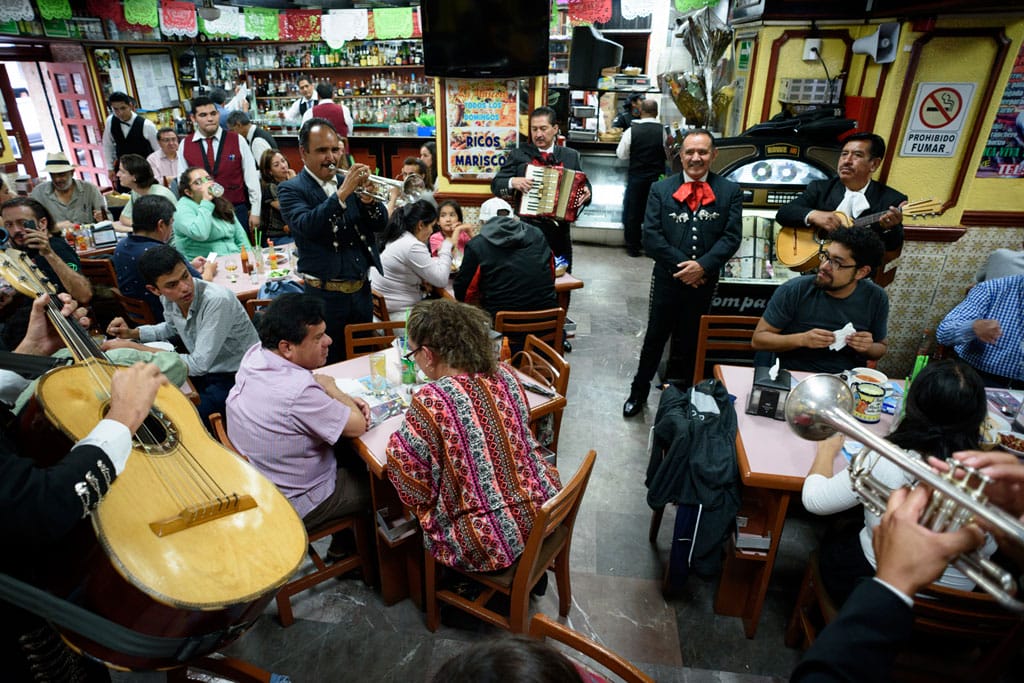One of the great joys of spring in Japan is anticipating the appearance of sansai, or mountain vegetables. When cherry blossoms begin to flutter on warming breezes, hikers take to the hills to forage for the first wild edibles. Supermarkets mount special displays of packaged (and unfortunately often hot-house-raised) young sprouted leaves, shoots and tubers. Restaurants proudly offer up special seasonal dishes, providing an opportunity to bring the freshness of the outdoors to the table, even in the inner city.
A bounty of deliciousness awaits those fortunate enough to get out of Tokyo and roam the hills. Fukinoto, taranome and warabi form a trifecta of green vegetables gleaned from mountain walks. Cooks wait all year to prepare dishes of these fragrant yasai veggies. Fukinoto are butterbar buds chopped close to their roots along the ground when very young. Deep-frying them as tempura to be served with rice best supports their sharp and slightly astringent flavor. The buds are also mixed into miso to make a fragrant, if sharp tasting, paste usually eaten with rice. Fukinoto is a bitter-tasting green.
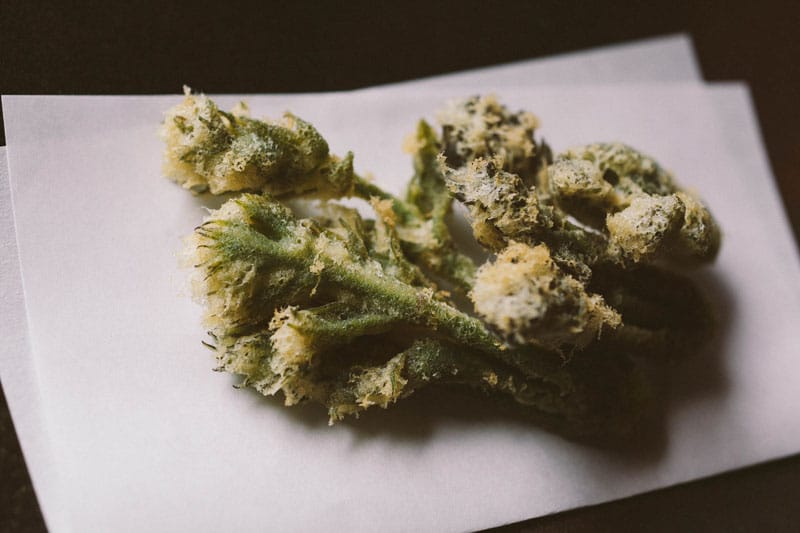
Taranome are gathered from the top branches of the Japanese angelica tree, as the leaves begin to unfurl. The buds must be picked when tender, and the window of opportunity might be a matter of two or three days. They are considered a fine delicacy because of their rarity. These too are usually served as pungent tempura.
The third commonly foraged sansai is warabi, a Japanese fern shoot. To preserve the freshness, small shoots are slightly par-boiled and served with a light soy sauce and, frequently, shaved bonito flakes. Other fern shoots like zenmai and kogome (fiddlehead fern) are plentiful in the woods as well. Packaged fern shoots are quite common in supermarkets, and they seem to be available for a longer time than taranome and fukinoto.
The king of sansai is takenoko, or bamboo shoots. Various species and varieties are used throughout Asia, and in Japan takenoko is a staple of traditional dishes. The fresh shoots are available only in spring and early summer and must be cooked immediately after harvesting to avoid becoming tough and bitter tasting. Most people buy them pre-cooked in food stores and only know the crisp texture of the root but miss the intoxicating sweetness and delicate fragrance of a freshly prepared shoot. Those lucky enough to score a freshly cut shoot must first boil their prize in water laced with rice bran for an hour. Once tender, the outer leaves are peeled off, yielding the glistening, tender inner shoot. A classic way to consume the delicate sprout is in takenoko gohan, or bamboo rice, where the tender shoot is diced and cooked yet again in rice often fortified with sake and possibly white-meat chicken. The shoots are superb grilled over charcoal.
A simple way to savor bamboo and sansai is served with hot or cold soba, or traditional buckwheat noodles. The sansai is served as tempura or nestled in a hot broth containing wild herbs, warabi and udo (an herbaceous “mountain asparagus” native to Asia). Sarashina Horii Soba in Azabu Juban begins serving bowls of hot buckwheat noodles brimming with chunky slabs of bamboo shoots and wakame seaweed in early March. Noodle master Masaaki Narutomi will begin to serve both takenoko and several seasonal sansai with his soba as it becomes available at Teuchisoba Narutomi, near Tsukiji market in Ginza. His spare and minimalist space is a great place to sample sake and many small dishes as well. (Please note that we have received reports of the staff here being unfriendly towards non-Japanese guests.)
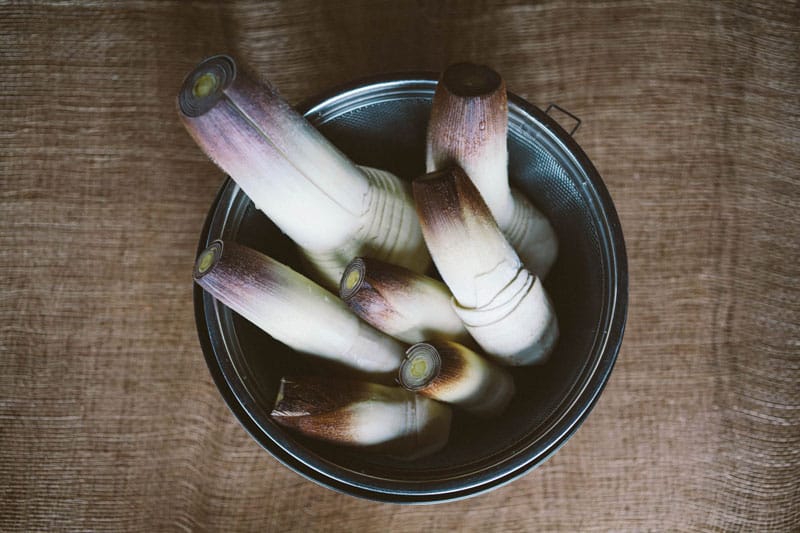
We often splurge on a complete sansai experience by enjoying a many-course kaiseki meal, where seasonal ingredients are the stars of the show. Within walking distance of the Tokyo Tower is Tokyo Shiba Tofuya Ukai, a gorgeous 200-year-old structure repurposed from its original function as a brewery and built around an exquisite garden.
On a recent visit, the bustle of Tokyo quickly faded as we entered the flower-filled lobby and were ushered to a private room (either table or tatami mat seating). Our server quietly slipped into the room to welcome us and pour tea.
The lunchtime menu was reasonably priced and stunning in taste and presentation. The meal began with crunchy fresh bamboo shoots served with an ethereal tuft of scallop dumpling. Tofu was served several ways, alternating with courses of brilliantly gleaming sashimi and seasonal vegetables. The finale was adzuki beans with a milky mousse and seasonal strawberries. The menu continually changes with the seasons, as is traditional with kaiseki.
Sansai and seasonal foods are particularly valued and heartily enjoyed by most Tokyoites. Because the city is such a food-centric town it’s easy to find restaurants with wild spring vegetables. Pictures and signs are quite abundant, making it easy to find soba shops and traditional restaurants offering a spring bounty.
Click here to see more work by photographer Prairie Stuart-Wolff
Editor’s note: This year’s spring-themed series will launch on April 16th, so we thought it was worthwhile to rerun this story on sansai, or mountain vegetables, one of the great joys of spring in Japan. It was originally published on April 26, 2016.
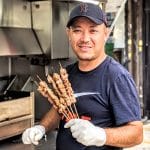 September 11, 2019 Nurlan
September 11, 2019 Nurlan
During a busy evening on Main Street in Flushing, the sight of a food cart grilling […] Posted in Queens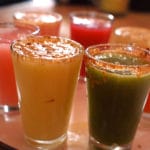 April 7, 2017 Pulque
April 7, 2017 Pulque
Milky, tart, viscous and slightly foamy. At first glance and sip, there’s little to […] Posted in Mexico City September 8, 2016 Cantinas and Botanas
September 8, 2016 Cantinas and Botanas
Update: This spot is sadly no longer open.
For those of us who like a long, boozy […] Posted in Mexico City
Published on April 10, 2018
Related stories
September 11, 2019
QueensDuring a busy evening on Main Street in Flushing, the sight of a food cart grilling skewers of meat doesn’t seem out of the ordinary on a thoroughfare filled with street vendors. After hanging around long enough, though, it becomes clear that this cart is different from similar ones up the block. The most obvious…
Sample the city's best pulque on our culinary walk.
April 7, 2017
Mexico CityMilky, tart, viscous and slightly foamy. At first glance and sip, there’s little to explain why pulque – a mildly alcoholic drink made by fermenting the fresh sap of certain types of maguey, the same plant used for making mezcal – has remained a trusted companion to Mexican drinkers since Aztec times. Pulque, actually, has…
September 8, 2016
Mexico City | By David Lida
Mexico CityUpdate: This spot is sadly no longer open. For those of us who like a long, boozy lunch unimpeded by thoughts of going back to work – at least once in a while – there is no better place for it than a Mexico City cantina. Although they are mostly no-frills establishments lit by fluorescent…







































